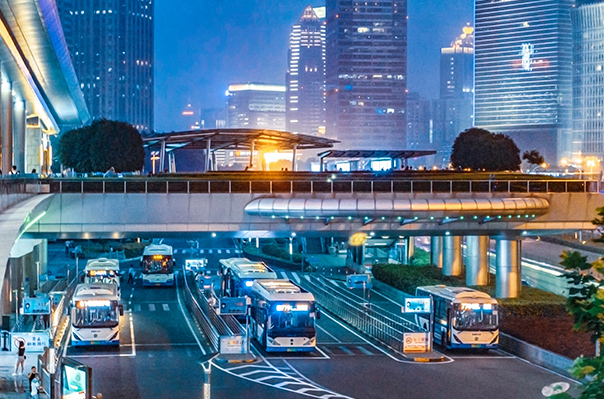CN
SMART CITY
Industry pain points
The cumulative number of smart city pilots in China is increasing year by year, mainly in the southeast and central China. Due to the scattered application scenarios and geographical construction differences in the industry, there are still many shortcomings.
Scattered application scenarios
Smart cities cover the areas of government, transport, finance, industry, healthcare, emergency and resources, and there are numerous sub-divisions and segments in each area.
There is a lack of clarity in the design and construction objectives of the various regions to promote the implementation of smart city applications. The degree of "smart city" is shallow and the intelligence is insufficient.
Large differences in the construction of industries and regions
Different regional industries have different levels of demand and conditions for wisdom, and therefore require different levels of specialisation and optimisation when building in different cities.
The implementation of smart city construction is closely related to the city's level of economic development, level of technological progress and level of urban management, and faces the risk of high innovation costs and lack of innovative models.
Direction of development
The "small and smart" approach to construction is the international mainstream
By collating global smart city data, we can see that the current global scale of smart city construction is small, mainly concentrated in small towns with a population of less than 500,000, while only 5% of megacities with a population of more than 10 million.
This shows that there is no standardised path for the construction of smart cities, and that all countries are exploring their own development paths in line with their own conditions.
■ Small towns
47.4%
■ Mid-sized cities
30.3%
■ Large cities
17.2%
■ Mega City
5%
The graded and classified promotion of smart cities is the inevitable way to build digital China
|
The National Informatization Strategy Outline puts forward for the first time the task of building a new type of smart city in a graded and classified manner. The outline of the National 14th Five-Year Plan once again emphasizes the graded and classified promotion of the construction of new-type smart cities. At present, there are huge differences in the development of large, medium and small cities in China, with big cities suffering from serious urban diseases, medium cities with insufficient momentum for sustainable development, and small cities lagging behind in their development. Grading and classification, benchmarking has become the inevitable path to promote the construction and development of new smart cities. According to the function and geographical location of the city, the economic level and the living standard, the construction of smart cities should be promoted in an orderly manner according to different development bases and maturity levels, and gradually reach a higher level of wisdom. |
|
The National Development and Reform Commission issued a notice on accelerating the implementation of the new type of urbanisation construction to make up for shortcomings and strengthen weaknesses in order to promote the transformation of county cities into smart cities. “During the "14th Five-Year Plan" period, the construction of smart cities in counties with a certain foundation will be gradually launched. As the smallest unit of grassroots governance, the smart community will become the focus and difficulty of smart city construction. Many places have issued planning documents related to smart communities, incorporating them into the overall framework and key elements of smart city construction, promoting the deep integration of new-generation information technology with urban and rural community construction, governance and services, promoting the modernisation of grassroots governance systems and governance capabilities, and effectively improving people's quality of life and enhancing the efficiency of grassroots governance. |
Top-level design
Based on the needs of small and medium-sized cities for digital transformation and limited resource constraints, we can differentiate and upgrade one set of infrastructure, standardise and build one city brain, and feature N city applications.

Programme Highlights
Benefiting the People
Services for the people's livelihood have a warm temperature
Adhering to the orientation of people's livelihood, we promote technology services for people's livelihood, focusing on government services, smart education, community life and other areas, and deepening the construction of "Internet + life".
Prosperity
Industrial economy with height
Create an industrial economy empowerment system tailored to local conditions, deepen the integration of industry and city and help the city's economy to flourish by taking the intelligent cultural tourism, which has been cultivated for more than 20 years, as a grip.
Typical scenarios



















